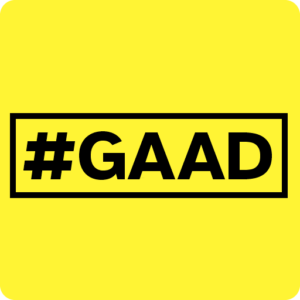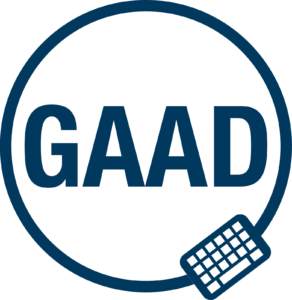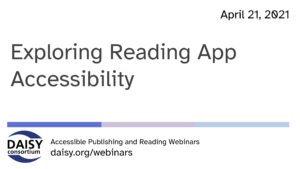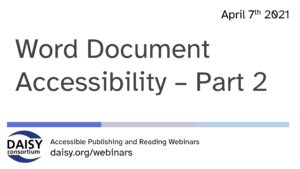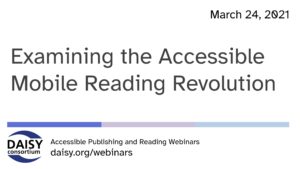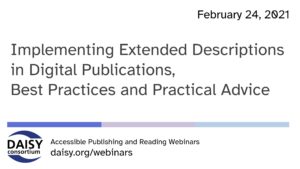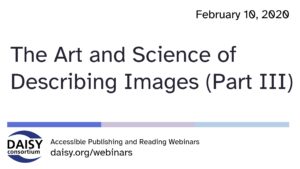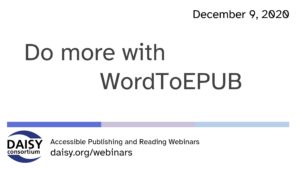Articles archive
By George Kerscher I had the great pleasure of knowing Garth Conboy for more than twenty years. We first met…
Global Accessibility Awareness Day 2021 (#GAAD) took place on May 20 this year and received huge attention across industries and,…
Resources, Event Planning and Awareness Building GAAD takes place on May 20 this year and we’d like to encourage all…
Our webinar on April 21, 2021, was focused on the accessibility of reading apps from a variety of different perspectives,…
In our series of free weekly webinars April 7th saw our second session focused on Word document accessibility – part two to…
In our series of free weekly webinars March 24th, 2021, saw a session focused on accessible mobile content from a variety of…
Continuing our series of free weekly webinars March 10th, 2021, saw a practical workshop-style session focused on the accessibility of word…
In our series of free weekly webinars February 24th saw a session focused on extended descriptions which followed on nicely from our…
In our series of free webinars February 10th saw the 3rd session focusing on image description: in the series entitled, The Art…
In our series of free weekly webinars December 9th saw a session focused on WordToEPUB. Following on from earlier webinars, this event…


